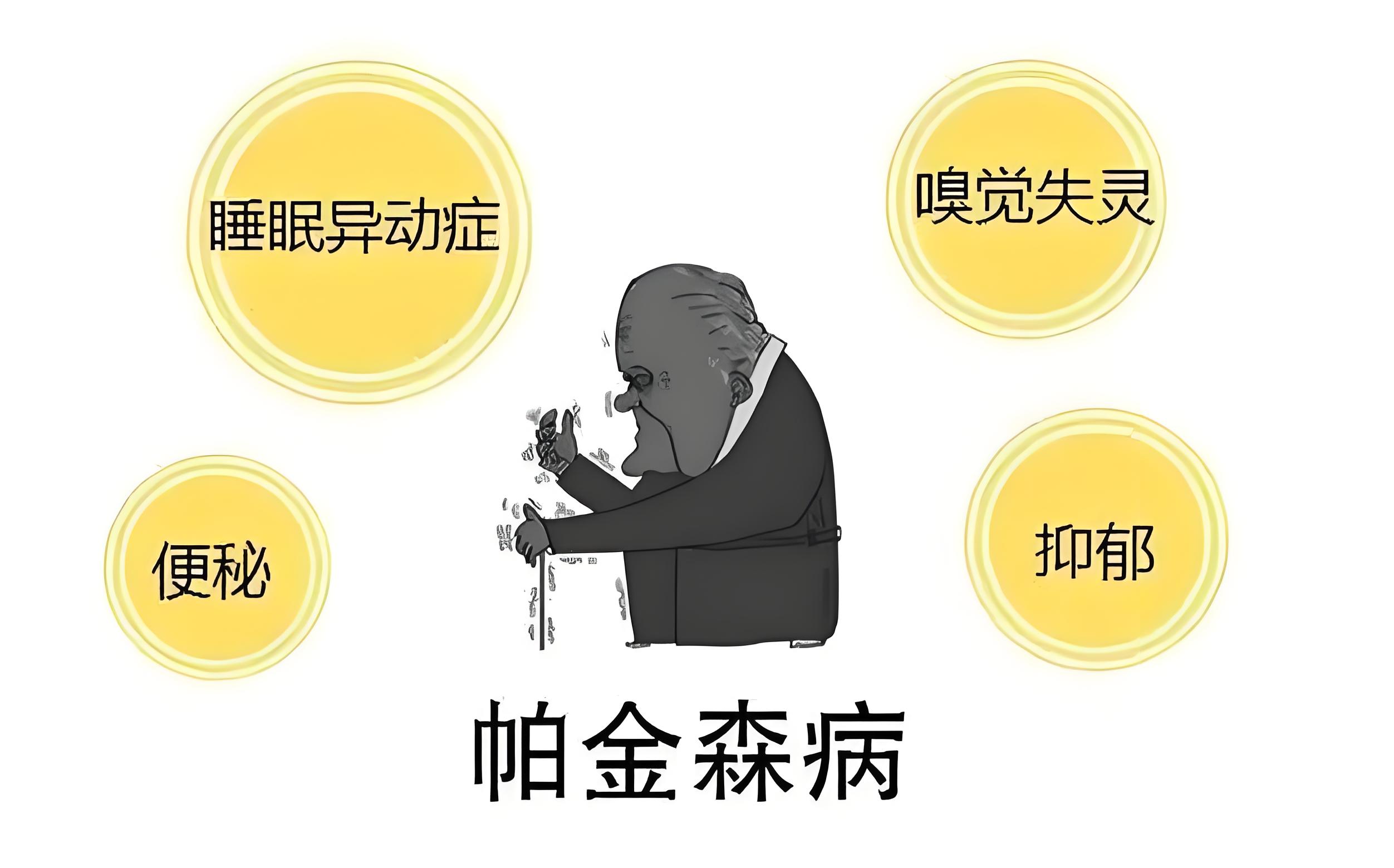DNA的细胞可能持有的关键减缓人类衰老和癌症等疾病也可能发挥作用,糖尿病和阿尔茨海默病。科学家们研究了一种罕见的疾病,称为沃纳综合征的发现故障引起的遗传条件的人过早老化。他们发现这个故障导致紧密排列的DNA在人体细胞–称为异染色质变得混乱。这个,他们说,表明这些基因束的恶化可能在老化过程中发挥作用。

在La Jolla,加利福尼亚的索尔克生物研究所的研究人员,以及中国科学院现在希望探讨是否有可能如果这可以在晚年对人类健康的影响看,减缓或逆转过程中的方式和。他们认为这可能是异染色质的破坏可能在与年龄有关的疾病,像癌症中发挥作用,糖尿病和老年痴呆症病,虽然他们没有扩大对这些主张。
研究,发表在科学杂志上,用细胞取自患沃纳综合征的患者,也被称为成人早衰。
胡安教授卡洛斯izpisua Belmonte,Salk研究所的一位研究的主要作者,遗传学家说:“我们的研究结果表明,基因突变导致异染色质的混乱沃纳综合征的结果,这种破坏正常DNA的包装是衰老的一个关键驱动因素。更广泛的,它表明在异染色质结构积累的改变可能是细胞老化的主要原因。
“这让我们是否可以逆转这些变化像重塑老房子或汽车的问题防止,甚至逆转,年龄相关的下降和疾病。”沃纳综合征是一种发生在每100000个出生,往往出现人们一旦进入青春期的罕见疾病。患者出现生长发育迟缓,起皱,过早花白的头发,心血管疾病,2型糖尿病,骨质疏松症和一些罕见的癌症。Belmonte教授,与同事一起从北京中国科学院,用克隆技术产生的DNA与沃纳综合征的人胚胎干细胞。
这使他们成长的细胞在实验室所以他们可以研究潜在的遗传和细胞过程中的疾病。在一个基因缺陷,称为沃纳综合征的RecQ解旋酶基因或WRN基因,已知参与障碍。先前的研究已经表明,该基因参与DNA的修复,但最近的研究显示它也发挥了作用,在保持DNA包装正确。
这被认为是重要的因为它可以影响基因是如何打开和关闭细胞内–称为表观遗传学。这是可能的,作为一个细胞的年龄,异染色质变得较紧密的包装让环境因素如何影响基因的开启和关闭。
教授说:“这已经超出Belmonte沃纳综合征中的临床意义,因为它确定了中央老化机理-异染色质混乱-已被证明是可逆的。”塔米尔钱德拉博士,在Babraham学院和威康信托基金会桑格研究所,一个epigeneticist说:“过早老化常常是由于或多或少的随机DNA和染色体损伤。这项新的研究进一步证明,染色质的DNA与蛋白质组织的细胞核的包装也可导致细胞加速老化。”
教授bellantuono Ilaria,谁在谢菲尔德大学研究肌肉骨骼老化,补充说:“虽然可能在未来使用的知识开发设计新的干预措施,以减缓或逆转人类的衰老,这是在遥远的时间。我们需要记住,这项研究是在一个单一的细胞类型而老化是一个复杂的多因素过程进行影响的几个系统。”
原文
Scientists could STOP the aging process after new genetic breakthrough reveals how our bodies break down over time
The way DNA is packaged inside cells could hold the key to slowing human ageing and may even play a role in diseases such as cancer, diabetes and Alzheimer's Disease.
Scientists studying a rare disorder known as Werner syndrome have discovered a genetic fault that causes people with the condition to age prematurely.
And they found this fault leads to tightly packed bundles of DNA in human cells – known as heterochromatin - to become disorganised.
he researchers at the Salk Institute for Biological Studies in La Jolla, California, and the Chinese Academy of Science now hope to investigate to see whether there may be ways of slowing or reversing the process and see if this can have an impact on human health in old age.
They claim it is also possible that disruption of the heterochromatin may play a role in age-related diseases like some cancers, diabetes and Alzheimer's Disease, although they have not expanded on these claims.
The study, published in the journal Science, used cells taken from patients suffering from Werner syndrome, also known as adult progeria.
Professor Juan Carlos Izpisua Belmonte, a geneticist at the Salk Institute who was one of the lead authors of the study, said: 'Our findings show that the gene mutation that causes Werner syndrome results in the disorganisation of heterochromatin, and that this disruption of normal DNA packaging is a key driver of aging.'More broadly, it suggests that accumulated alterations in the structure of heterochromatin may be a major underlying cause of cellular ageing.'This begs the question of whether we can reverse these alterations - like remodelling an old house or car - to prevent, or even reverse, age-related declines and diseases.'
Werner syndrome is a rare disorder that occurs in one in every 100,000 births and tends to appear once people reach puberty.Sufferers show growth retardation, wrinkling, premature greying of hair, cardiovascular problems, type 2 diabetes, osteoporosis and some rare cancers.Professor Belmonte, together with colleagues from the Chinese Academy of Sciences in Beijing, used cloning techniques to produce embryonic stem cells with DNA from people with Werner syndrome.
This allowed them to grow cells in the lab so they could study the underlying genetic and cellular processes involved in the disease.
Faults in a gene, known as the Werner syndrome RecQ helicase-like gene or WRN gene, are known to be involved in the disorder.
Previous research has shown that this gene is involved in repairing DNA, but the latest study showed it also plays a role in keeping the DNA packaged correctly.
This is thought to be important as it can affect how genes are switched on and off within a cell – known as epigenetics.It is possible that as a cell ages, the heterochromatin becomes less tightly packaged allowing environmental factors to influence how genes are turned on and off.Professor Belmonte said: 'This has implications beyond Werner syndrome, as it identifies a central mechanism of aging - heterochromatin disorganisation - which has been shown to be reversible.'
Dr Tamir Chandra, an epigeneticist at the Babraham Institute and Wellcome Trust Sanger Institute, said: 'Premature ageing is often attributed to more or less random damage to DNA and the genome. 'This new study reinforces that the organisation of chromatin- the packaging of DNA in the cell nucleus with proteins - can also lead to accelerated ageing of cells.'Professor Ilaria Bellantuono, who studies musculoskeletal ageing at University of Sheffield, added: 'While in future it may be possible to use the knowledge developed to devise new interventions to slow or reverse human ageing, this is far away in time.
'We need to remember that this study is conducted in a single cell type whereas ageing is a complex multifactorial process which affects several systems.'



